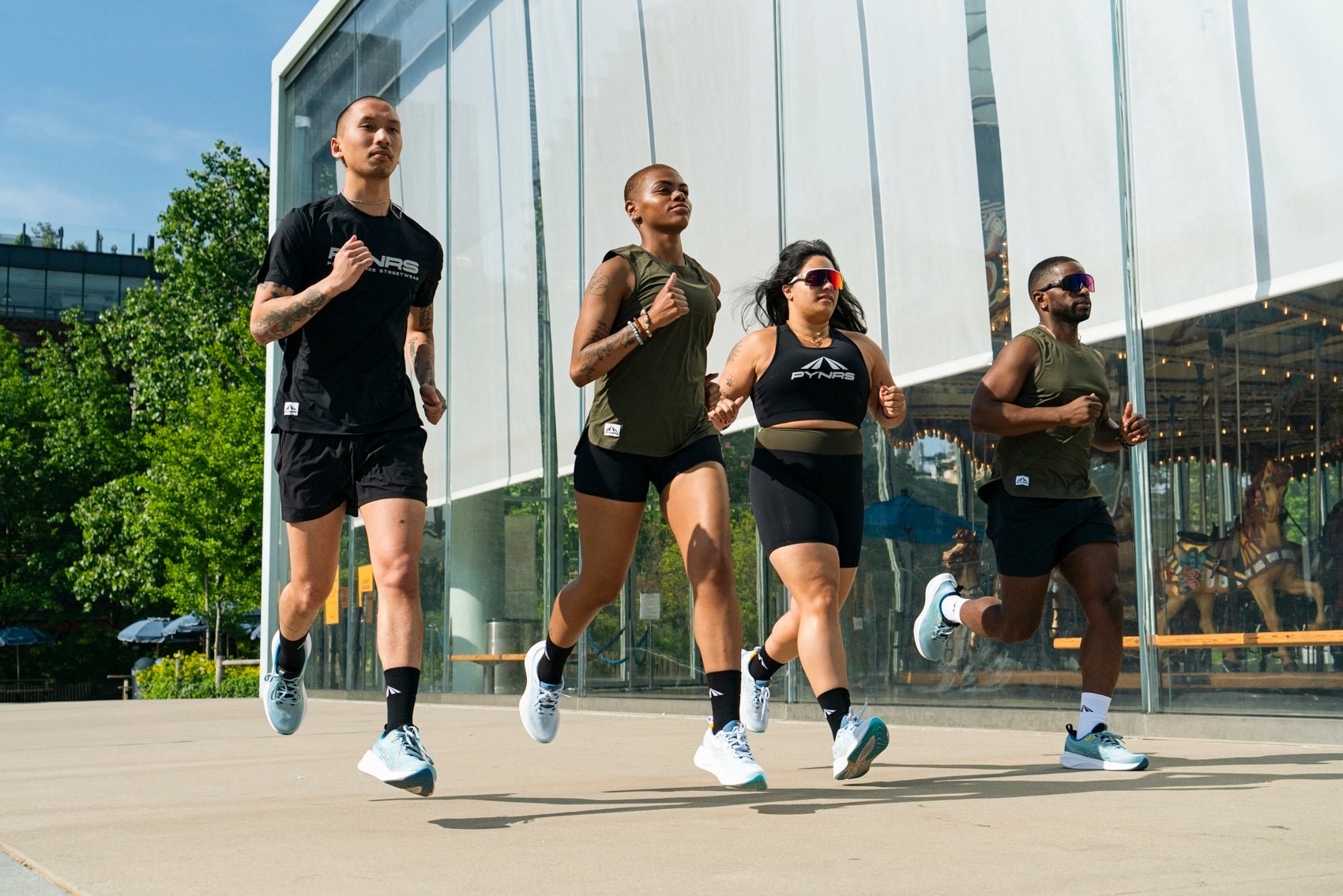Sustainable Running Gear: The Future of the Sportswear Industry
As the collective global consciousness continues to shift towards environmentally friendly practices, every industry is called upon to adapt to these changes, including the sportswear sector, with the growing importance of sustainability in the running gear industry, in particular. With the increasing demand for durable, high-performance, and eco-conscious sportswear, companies are exploring innovative approaches to provide products that meet these expectations.
What are the threats to the sportswear industry?
The sportswear industry, just like any other, faces significant challenges that can potentially disrupt its operations. One of the main threats comes from the increasing global concern regarding environmental degradation and the harmful impacts of waste generated by the fashion and apparel industries. Consumers are more aware than ever of the negative impacts of fast fashion and are demanding accountability from companies.
In addition to the environmental challenges, sportswear companies must also adapt to changing consumer demographics and needs. The desire for inclusive products that cater to diverse body types and communities has grown stronger, which requires constant adaptation and innovation from the industry.
What are examples of sustainable apparel products?
Recognizing the threats and the evolving demands of consumers, many companies have taken the initiative to produce more sustainable sportswear. For instance, running apparel made from durable materials like nylon can significantly contribute to sustainability efforts. Nylon is a long-lasting fabric that reduces the need for frequent replacement, indirectly contributing to waste reduction.
Sportswear products made from this durable fabric, such as running tights, tees, joggers, shorts, tanks, beanies, sweatshirts, and accessories, can offer both comfort and sustainability. These products cater to a wide range of body types and communities, emphasizing the importance of inclusivity in the industry.
What is the demand for sustainable sportswear?
The demand for sustainable sportswear is growing rapidly. Today's consumers are more informed and conscious about the environmental impact of their purchases. They are actively seeking products that align with their values of sustainability and inclusivity. These environmentally and socially conscious consumers are driving the trend towards more sustainable practices in the sportswear industry.
Moreover, the rise of health and fitness consciousness has further spurred the demand for high-quality, long-lasting, and sustainable running gear. As such, sportswear that meets these criteria is becoming increasingly popular among consumers worldwide.
What does the future look like for the running apparel industry?
The future of the running apparel industry will be significantly shaped by the dual trends of sustainability and inclusivity. More companies will likely integrate eco-friendly materials and practices into their production processes, not only as a response to consumer demand but also to contribute to global sustainability efforts.
Inclusivity will also play a crucial role, as brands will continue to adapt their products to cater to a wider range of body types and communities. This will ensure that everyone, regardless of their size, shape, or background, can access high-quality, sustainable running gear.
The incorporation of long-lasting materials like nylon is just the beginning of the industry's sustainability journey. As technology advances, we can expect even more innovative approaches to sustainable and inclusive running gear production.
In conclusion, the future of the running apparel industry is bright, as long as companies continue to adapt and innovate in response to the growing demands for sustainability. While the road ahead may be challenging, the benefits of these practices for our planet and society are undeniably worth the effort.
Read more

Discover the benefits of nylon fabric for running apparel in our detailed guide. Uncover how nylon's features, makes it the perfect choice for runners.

Discover how to prevent chafing while running with the right apparel choices. This guide discusses the causes of chafing and how to avoid discomfort.



